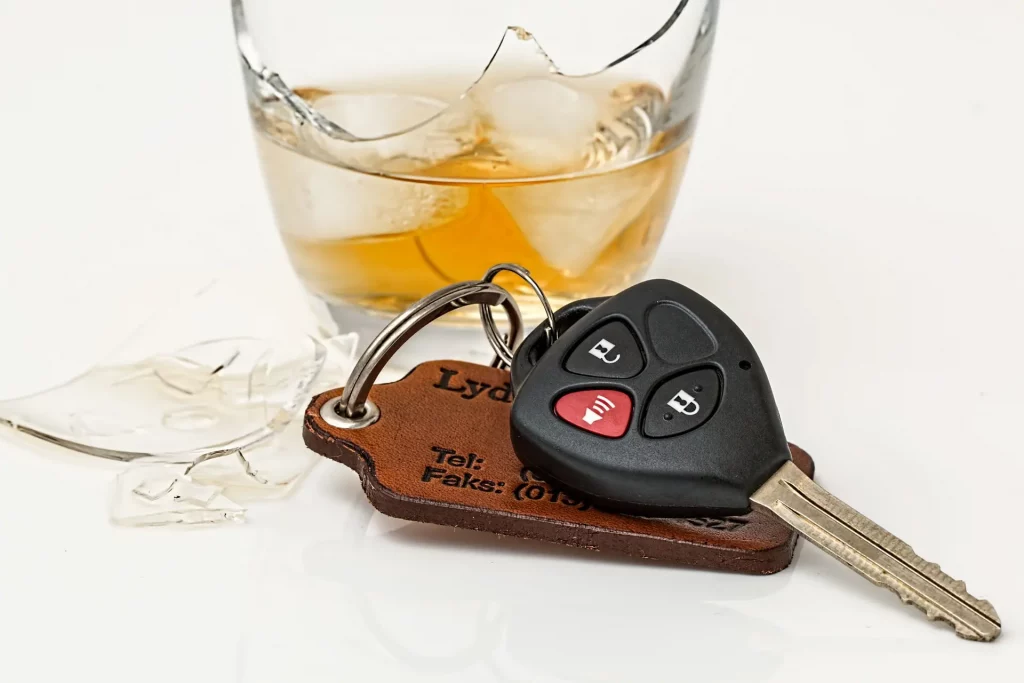Walking the bustling streets of New York City is an everyday activity for millions of residents and visitors alike. But with the high volume of vehicles, bikes, and pedestrians hustling to their destinations, accidents can, and do, happen. If you’re a pedestrian in NYC, it’s crucial to understand your legal rights and the protections available to you. At Rosenberg & Rodriguez, we specialize in personal injury law, and we’re here to guide you through your rights as a pedestrian in this vibrant but often chaotic city.
The Prevalence of Pedestrian Accidents in NYC
New York City, with its dense population and constant flow of traffic, presents a unique set of challenges for pedestrians. According to the New York City Department of Transportation (NYC DOT), there were over 10,000 pedestrian injuries and nearly 100 fatalities in recent years. These alarming statistics underscore the importance of being aware of your rights and responsibilities when walking the city streets.
Key Pedestrian Rights in NYC
The Right to a Safe Crossing
Pedestrians have the right to cross streets safely at designated crosswalks. Drivers are required by law to yield to pedestrians in crosswalks, whether they are marked or unmarked. It’s important to wait for the walk signal and make eye contact with drivers before crossing to ensure they see you.
The Right to Walk on Sidewalks
Sidewalks are designed for pedestrian use, offering a safe space away from vehicular traffic. Vehicles and bicycles are prohibited from driving or parking on sidewalks. If you are injured by a vehicle or bike encroaching on the sidewalk, you may have a valid claim for compensation.
The Right to Be Free from Negligence
Pedestrians have the right to be free from harm caused by the negligent actions of others. Whether it’s a distracted driver, a cyclist running a red light, or even a poorly maintained sidewalk, if someone’s negligence has caused you harm, you have the right to seek compensation.
Common Causes of Pedestrian Accidents
Understanding the common causes of pedestrian accidents can help you stay vigilant and avoid potential hazards. Some of the most frequent causes include:
- Distracted Driving: Drivers using their phones, eating, or engaging in other distractions can easily miss seeing pedestrians.
- Speeding: Higher speeds reduce reaction times and increase the severity of accidents.
- Failure to Yield: Drivers who do not yield the right-of-way to pedestrians at crosswalks.
- Impaired Driving: Drivers under the influence of alcohol or drugs have impaired judgment and reaction times.
- Poor Visibility: Low lighting, weather conditions, and obstructed views can make it difficult for drivers to see pedestrians.
Steps to Take After a Pedestrian Accident
If you’ve been involved in a pedestrian accident, knowing what steps to take can protect your rights and strengthen your case:
- Seek Medical Attention:
- Your health and safety are paramount. Seek immediate medical attention, even if injuries seem minor. Some injuries may not be immediately apparent.
- Call the Police:
- Report the accident to the police and ensure an official report is filed. This report will serve as a critical piece of evidence in your claim.
- Gather Evidence:
- Collect names and contact information of witnesses.
- Take photos of the accident scene, your injuries, and any relevant road conditions or signage.
- Avoid Making Statements:
- Do not admit fault or make any statements that could be used against you later. Stick to the facts when speaking with police and medical personnel.
- Consult a Personal Injury Lawyer:
- Contact a personal injury lawyer experienced in pedestrian accidents to guide you through the legal process and help you pursue compensation.
Compensation for Pedestrian Accidents
As a pedestrian injured in an accident, you may be entitled to various types of compensation:
Medical Expenses
This includes not only immediate medical costs but also future medical expenses related to your injury. Documentation of all treatments, medications, and therapies will be necessary to substantiate your claim.
Lost Wages
If your injury prevents you from working, you may be compensated for lost wages. This includes past income lost due to the accident and future earning potential if your ability to work is impaired long-term.
Pain and Suffering
Beyond financial costs, pedestrian accidents can cause significant physical pain and emotional distress. Compensation for pain and suffering aims to address these non-economic damages.
Long-term Disability
In cases of severe injury leading to long-term or permanent disability, compensation should reflect the ongoing impact on your quality of life and ability to perform daily activities.
Legal Protections Specific to NYC
New York City has several specific laws and initiatives aimed at protecting pedestrians:
Vision Zero Initiative
Launched in 2014, Vision Zero is a citywide initiative to eliminate traffic deaths and serious injuries. Measures include lowering speed limits, redesigning streets, and increasing enforcement of traffic laws.
Local Laws and Regulations
New York City enforces several local traffic laws designed to protect pedestrians:
- Speed Limits: The default speed limit on NYC streets is 25 mph unless otherwise posted.
- Right of Way: Vehicles must yield the right of way to pedestrians at crosswalks.
- No Right Turn on Red: In most areas of NYC, right turns on red lights are prohibited to reduce pedestrian accidents.
Pedestrian Signal Enhancements
The city has been upgrading pedestrian signals to ensure better visibility and longer walk times, especially in areas with high foot traffic.
Frequently Asked Questions
What Should I Do if the Driver Flees the Scene?
If you are involved in a hit-and-run accident, try to remember as many details as possible about the vehicle and driver. Report the incident to the police immediately and seek medical attention. Contact a personal injury lawyer to explore your options for pursuing compensation.
Can I Still Seek Compensation if I Was Partially at Fault?
Yes, New York follows a comparative negligence rule, which means you can seek compensation even if you were partially at fault. However, your compensation will be reduced by your percentage of fault.
How Long Do I Have to File a Claim?
In New York, the statute of limitations for personal injury claims is generally three years from the date of the accident. However, it’s advisable to consult with a lawyer as soon as possible to ensure all necessary steps are taken promptly.
Contact Rosenberg & Rodriguez Today
Navigating the streets of New York City as a pedestrian comes with its risks, but understanding your rights and the legal protections available to you can make all the difference in the event of an accident. At Rosenberg & Rodriguez, we are committed to advocating for pedestrian rights and ensuring that victims receive the compensation they deserve.
If you or a loved one has been injured in a pedestrian accident, don’t hesitate to reach out to us. Our experienced team is here to provide the expert guidance and support you need. Contact us today for a free consultation and take the first step towards securing your rights and recovery.




